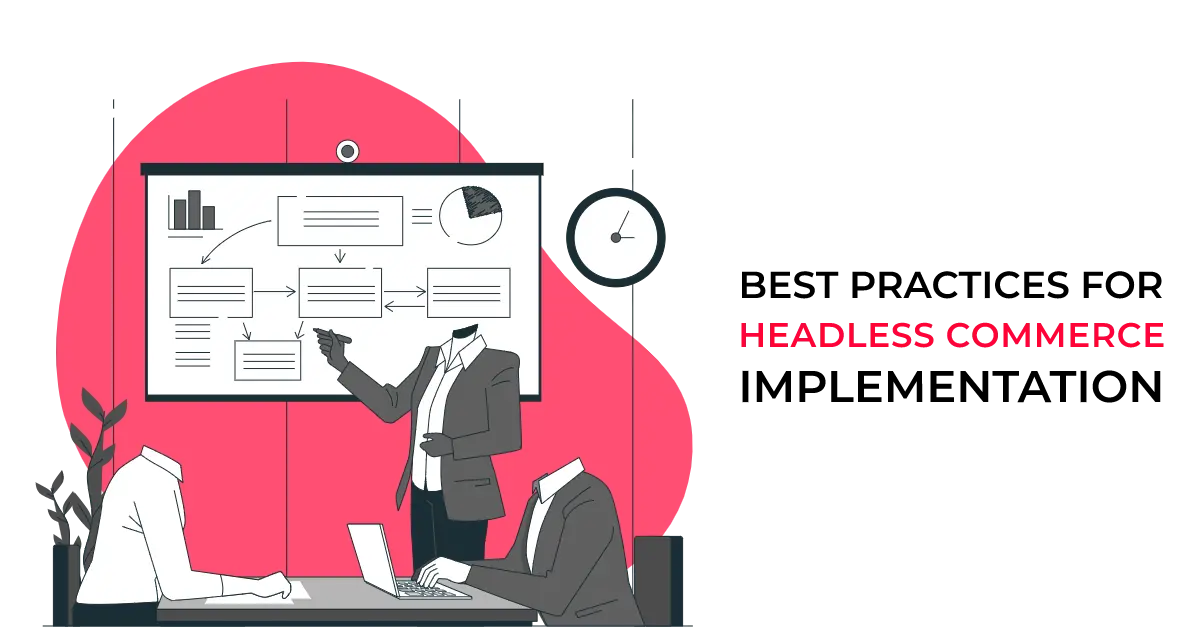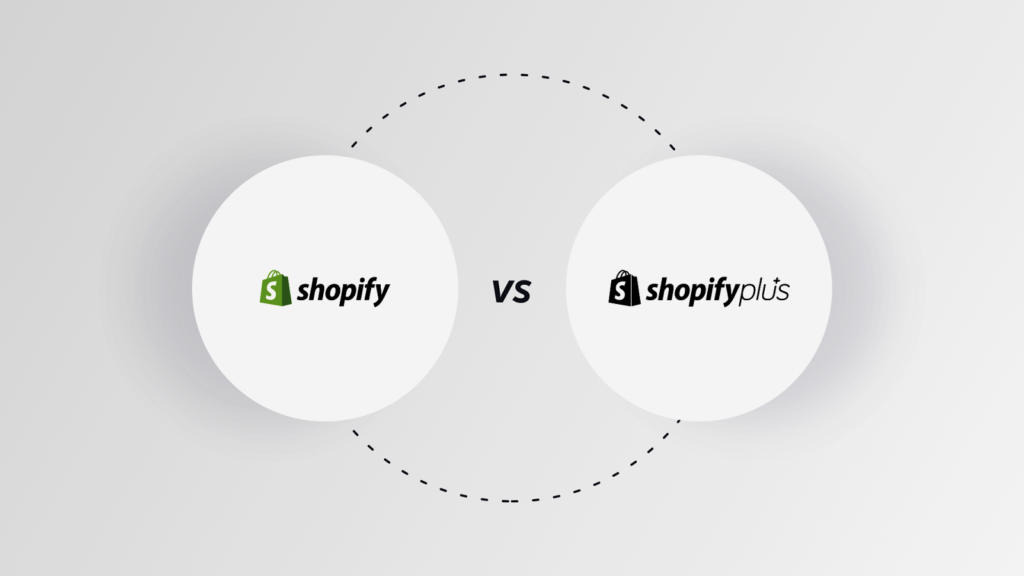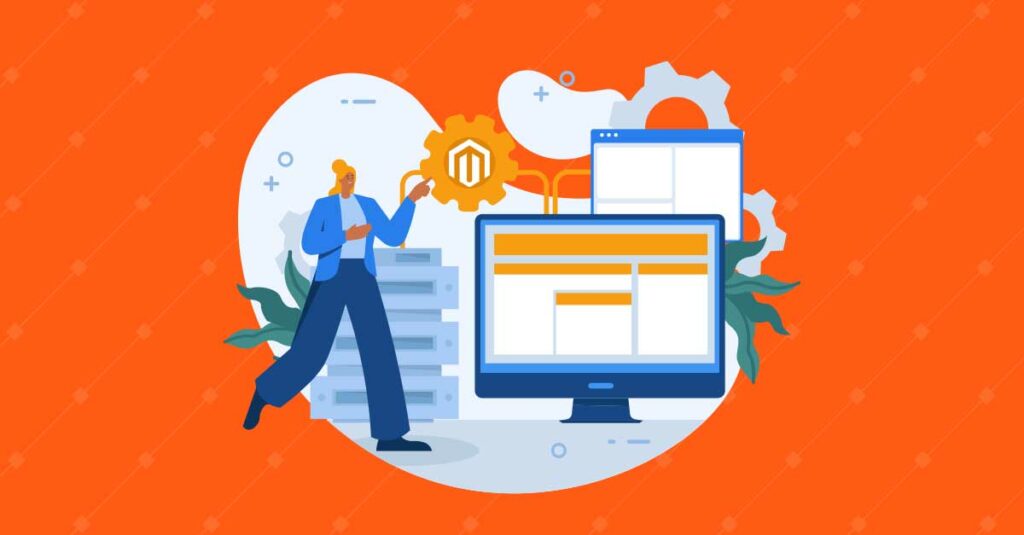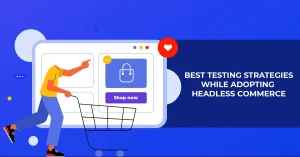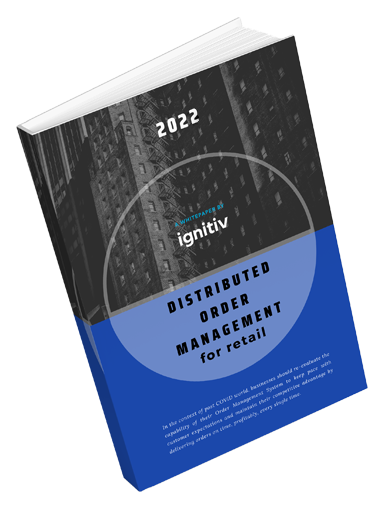Headless commerce has grown massively in popularity over the past few years. More than 61% of retailers have either already implemented headless commerce or plan to do so in the near future. Having handled numerous headless commerce projects, we’ve found that the success of a headless commerce implementation is highly dependent on the way you approach it from the very beginning.
So here’s what to do, when, and why — so you can fully leverage the capabilities of headless commerce.
How to successfully implement Headless Commerce?
1. Strategize for Your ECommerce Architecture
Headless commerce implementations can be challenging to accommodate because of the many options available.
There are a number of things you need to consider, such as what kind of inventory management system to use, how to integrate other systems into your headless commerce solution, and how to ensure that all your products are listed accurately, so that consumers can find them via embedded search engines.
2. Enhance Your UX Through an API-Driven Approach
APIs are the backbone of headless commerce. They enable your eCommerce platform to communicate with other systems, including mobile apps and voice assistants. This communication can be initiated by the user or another app or service, enabling a seamless user experience.
You can also enhance your UX through an API-driven approach. For example, by using an API to pull in information about a product from a manufacturer’s website, you can display that product’s details on your website without having to manually enter it into your database.
3. Put the Consumer First
If you’re not thinking about your customers, you’re not thinking about your business. Many businesses lose sight of the fact that their success depends on their customers in the midst of their day-to-day operations.
When you’re implementing headless commerce, it’s easy to get bogged down in the technical details and overlook the question – How is this going to help the customers?
So, while implementing headless commerce, make sure you always consider how the practice will affect your customers’ experiences. You can’t just focus on what’s best for your business — you need to focus on what works best for your customers too.
4. Implement an Agile Development Model
A successful headless commerce implementation requires an agile development model. Agile development is an iterative approach focusing on building products one step at a time.
It involves the creation of short cycles — called sprints — that focus on specific deliverables and are designed to get the work done quickly. Each sprint culminates in a review, where developers and stakeholders can assess their progress and make any necessary changes before moving on to the next phase.
5. Select the Right Commerce Platform
Selecting the right commerce platform is one of the most important steps in headless commerce implementation. Since it can have a significant impact on online store success.
There are many different types of commerce platforms, and each has unique strengths and weaknesses. Some platforms are:
- Offering more security
- Easier to use than others
- More flexible than others
- Having more features, and
- More expensive
The key is finding a platform that works well for your business — one that provides all the functionality you need while being affordable and easy to use.
6. Secure the Right Partnerships
It’s always challenging to successfully implement headless commerce. Therefore, you need partners who can help you navigate the complex world of eCommerce and technology, provide expertise in areas you’re lacking, and bring your unique strengths to the table.
Partnering with a good company can help you achieve your goals while also helping the business grow. A good partner will go above and beyond what’s expected, coming up with ideas and solutions that may have never transpired before.
Partnerships can make all the difference in Headless commerce implementations. It can be a failure or a massive success depending on the right partner.
7. Ensure Reliable Media Delivery
When implementing a headless commerce strategy, one of the best ways to ensure success is by providing your customers with reliable media delivery. That means ensuring your content is always available on time and in the right format, whether an image or video.
You can’t afford to let things fall through the cracks when managing your content. If you do, you’ll miss out on opportunities to engage customers and increase sales — and you might even lose them altogether!
8. Determine Integration Points
Integrating your headless commerce platform with your existing systems is important to a successful implementation. You should determine the integration points when planning your implementation and then ensure that they are implemented as specified by your vendor during the implementation phase.
Integration points may vary depending on what type of platform you choose. For example, if you use a cross-channel commerce platform that enables users to purchase items and services online or through mobile devices, there will be an integration point between your website and the marketplace where users can buy those items and services.
9. Enable Microservices Architecture
Microservices architecture is the ideal way to deploy a headless commerce platform. It allows your business to scale and grow, giving you the flexibility to provide new features and functionality without managing large and complex applications at once.
What’s the best part? You won’t have to worry about creating costly integrations between systems or managing data silos. Instead, you can focus on growing your business with confidence that your technology can keep up with the growth curve.
10. Do Not Forget About Testing Thoroughly Before Making the Launch
Before launching headless commerce, make sure you test thoroughly. Many companies are coming out with products trying to get ahead of their competitors by implementing headless commerce.
Unfortunately, most of them fail because they don’t test their products well enough before they launch. Make sure that everything works smoothly without any bugs or glitches in the system.
Conclusion
Deploying a headless eCommerce solution requires discipline and planning at the outset. To implement a successful headless commerce solution, you need to think beyond the traditional storefront, consider how your entire digital ecosystem can benefit from a more flexible system, and put user experience first.
Interested to go headless? Connect with experts at Ignitiv today.
